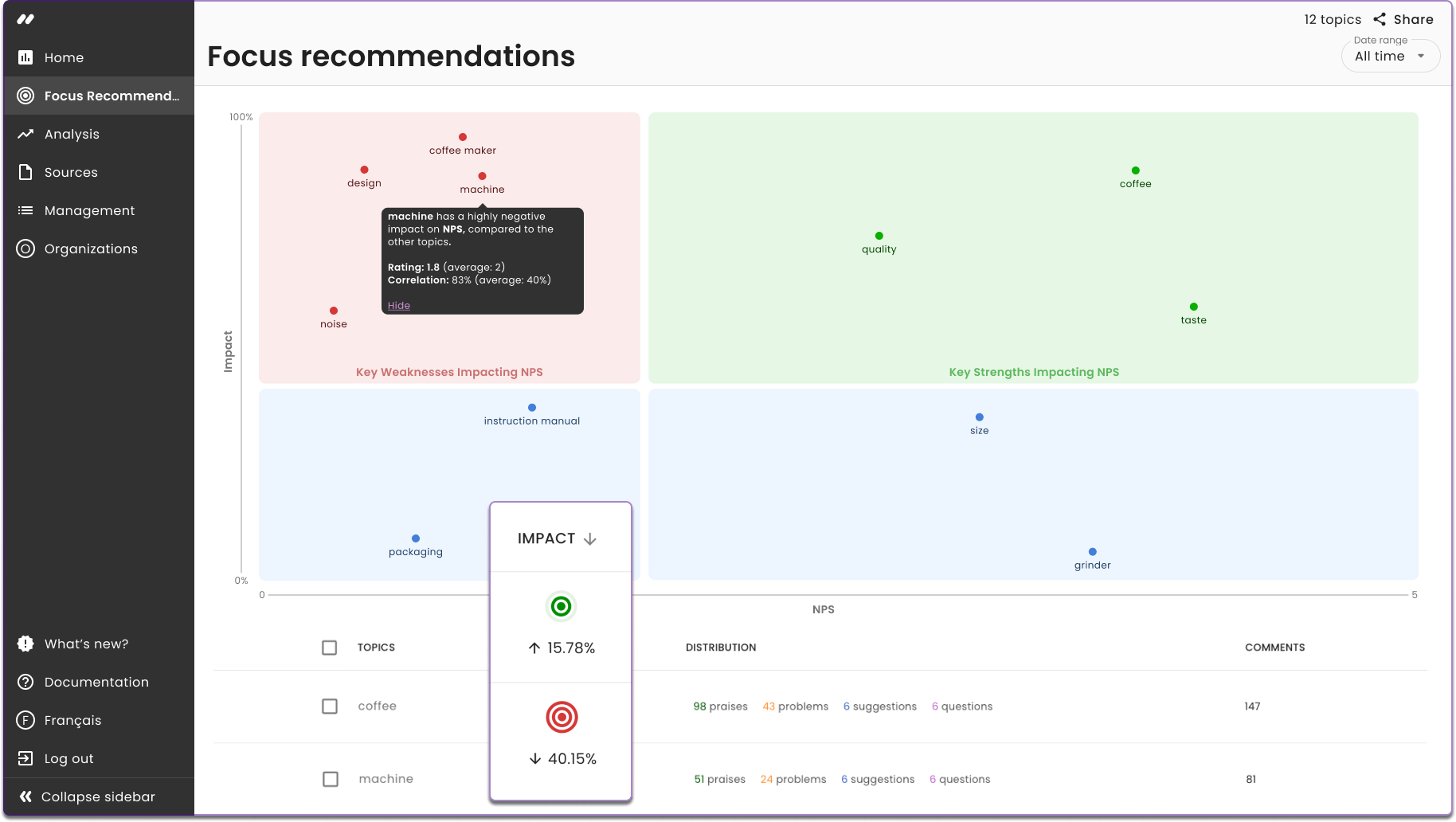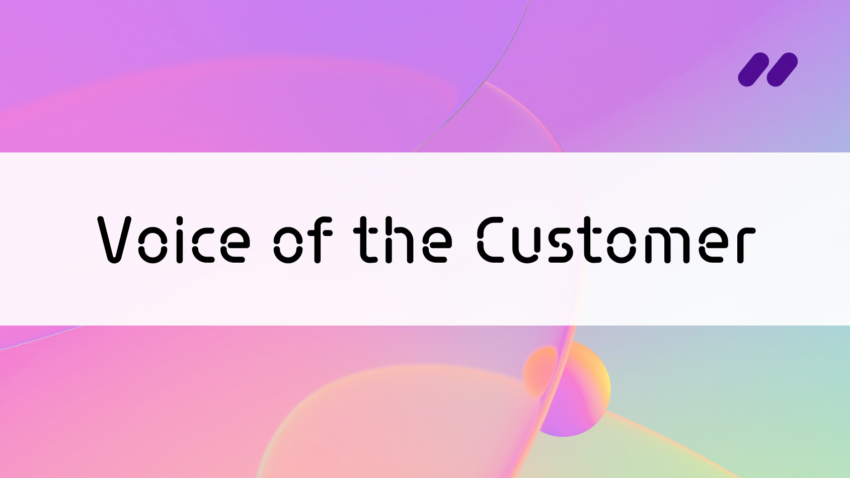Amid the COVID-19 pandemic, there has been, and continues to be, a forced push to online services and e-commerce, driving an increase in digital experiences. This shift to online customer experiences has amplified the need for brands to address consumer needs and expectations, like ease of use and personalization.
There are multiple ways for brands to make sure these new prerogatives are being fulfilled – and the voice of the customer (VOC) is the most reliable one when it comes to listening to consumers. Let’s look at how surveys can truly benefit brands as well as their users, and what new trends have emerged from the post pandemic era.
Jump right into our article to learn about:
- Micro surveys
- Real-time voice of the customer analysis
- Conversational branch logic
- Sentiment analysis for the voice of the customer
1. Micro surveys
The need to collect feedback on a regular basis is the most significant change in surveying brought about by COVID-19. With the annual survey not exactly the most agile option anymore, brands are employing something different: micro surveys. These mini surveys are sent throughout the customer journey, collecting a few short responses from customers at each stage.
Micro surveys have a high engagement rate because they are integrated within the customer journey. For instance, micro surveys can be implemented as part of customer onboarding or the integration of a new solution. Compared to an email survey at the end of the customer lifecycle, micro surveys capture customer feedback while customers are actively engaging with your brand. They help monitor customer intent and opinions in real time.
While using micro surveys does create a larger volume of feedback, AI text analytics solutions like Keatext are designed to analyze this level and quantity of data. Keatext is able to do this large scale analysis while still retaining the depth of the data, allowing users to segment by customer journey stage to better understand where problems may be occurring.
The most advanced solutions like Keatext integrate directly with voice of customer platforms like Surveymonkey and Zendesk to create a well-oiled automation process.
2. Real-time voice of customer analysis
The online customer experience we see today is highly time sensitive, even more so than any in-person experience. As such, customer expectations for speed are completely different. With every new customer interaction, a ticking clock begins. Brands need to be on the ball if they want to deliver a successful customer experience in a timeframe that meets these expectations. By monitoring feedback as it comes in, brands can not only catch problems early, but keep a better feel on the pulse of their customers.
AI platforms are the most adept solution for this kind of ongoing feedback analysis. By automating survey ingestion and analysis, AI platforms enable brands to reap the rewards of real-time insights, without the heavy lifting. The most advanced solutions like Keatext integrate directly with voice of customer platforms like Surveymonkey and Zendesk to create a well-oiled automation process.
3. Conversational branch logic
In an effort to better integrate feedback collection into the customer journey, many brands are also using conversational surveys. As the name suggests, these surveys guide customers through multiple potential paths based on how they respond to each question. This is called skip or branch logic – essentially a “choose your own adventure” through the survey.
Compared to traditional long form surveys, the main benefit is that conversational logic creates a more personalized experience that customers are more likely to engage with. By directing customers to questions that are relevant to their experience with a brand, branch logic also helps to avoid unnecessary bias in survey responses. And with a more conversational feel, customers are encouraged to write more open-ended responses – the kind of data that is made for AI text mining platforms like Keatext.
4. Sentiment analysis for the voice of the customer
Keatext not only provides an overall sentiment score, but also tracks customer sentiment over time.
Customer sentiment is an important metric to track across the customer journey. Brands with new, online customer experiences rely on sentiment analysis to understand which stages to improve – based on where customers are dropping off or having issues with their experience. By designing VOC programs around sentiment, brands can have a consistent metric of performance at each touchpoint.
Ultimately, sentiment analysis translates to a smoother customer journey. Importantly, this analysis can be automated and scaled with AI platforms. Keatext not only provides an overall sentiment score, but also tracks customer sentiment over time. Together with the ability to filter by customer journey stages, users can easily see what actions have been improving or hurting customer sentiment.
—
Looking at all of these trends together, brands have a blueprint they can use to implement stronger VOC strategies in 2021. At the feedback collection stage, new survey methodology like micro surveys and conversational logic allows brands to collect more relevant and better segmented data. And when it comes time to dig into the data, real-time analysis and sentiment analysis powered by AI solutions like Keatext enable brands to make better use of their data and reduce the turnaround time to deliver customer experiences that delight customers.



